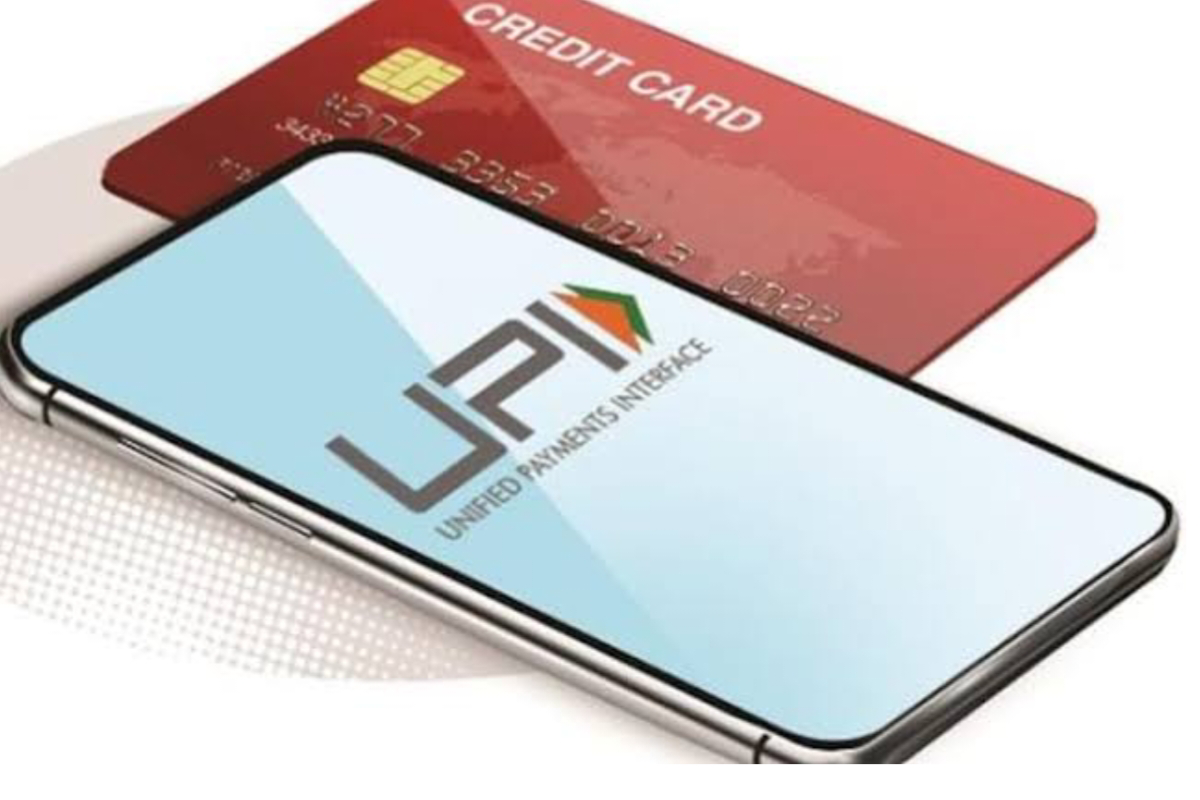Credit card-UPI linking: In order to facilitate the transfer of payments to your UPI from a debit card or savings bank account, RBI has recently permitted the connecting of credit cards with UPI. The Unified Payments Interface (UPI) has streamlined fund transfers and digital payments, making life easier for consumers. Combining your credit card with UPI has a number of noteworthy benefits as well as drawbacks.
Credit card-UPI linking: Advantages
It will increase the limited funds
The amount of money you could access from your savings account using net banking or your debit card was the maximum amount you could have previously with UPI. However, consumers will now be able to utilise UPI to make purchases up to the linked credit card’s credit limit. This integration can increase credit card usage because of UPI’s widespread use.
You can do transaction 24/7
Users of UPI can transact at any time, from any location, and are able to do so without having to visit banks or wait in queue. With the help of a credit card that is linked to it, UPI facilitates a variety of transactions, such as payments to merchants, peer-to-peer collection requests, and utility bill payments.
Credit card-UPI linking: Disadvantages
Transactions may fail as a result of connectivity problems. It could be difficult to use UPI in places with little internet access. This can have an impact on your capacity to pay your credit card bills on time.
Possibilities of overspending
The main drawback is that using UPI to attach your credit card raises the possibility of overspending. The ease of payment can encourage more impulsive buys and wasteful expenditure, which could result in an increase in credit card debt.
Keep watching our YouTube Channel ‘DNP INDIA’. Also, please subscribe and follow us on FACEBOOK, INSTAGRAM, and TWITTER
